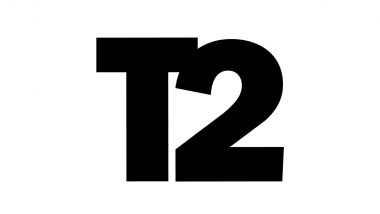Mortgage lenders can’t afford to be wrong, especially when it comes to extending credit to potential homebuyers. At the same time, they can’t afford to deny credit too often or take too long to make a decision. After all, the residential real estate market is booming despite the pandemic. People are buying and selling at lightning speed. In this fast-paced environment, competing lenders who can offer great deals and fast, comprehensive service have the advantage.
Knowing the conundrum faced by mortgage lenders, many technology companies serving the market are offering to help. Their assistance comes in the form of solutions that offer more streamlined, convenient pathways for lenders to support customers. That way, lenders can process applications faster, paving a path for quicker turnaround and an improved overall experience.
Make no mistake: Consumers have come to expect speedy responses in all areas of their lives. They won’t hesitate to turn to the lender they think will provide them with fast, convenient support. Again, this is where groundbreaking lending solutions, systems, and processes can come into play.
Below are three of the major innovations that give a boost to the mortgage lending marketplace. Each one tackles a specific aspect of the lending industry to bring it into the future.
1 Improvements in automation and automated services.
Even though it has historically been difficult for lenders to lean fully into automation, digital transformation is happening across the lending sector. As traditional lending decisions and workflows tend to be clunky and slow, lending professionals need to be open to rethinking all aspects of their processes, including how to integrate automation into the mix. Otherwise, they may lose ground, particularly with digitally savvy Millennials and Gen Zers.
Financial software-as-a-service platforms like MeridianLink help lenders manage online applications more securely and accurately. These services help lenders fast-track exchanges with consumers and move towards more efficiency and adoption across the entire digital lending journey. Removing borrower barriers through this type of digitalization presents lenders as modern and customer-focused. It also helps them appeal to and retain more consumers who are increasingly accustomed to rapid turnarounds.
2 Deeper pool of quality applicants.
For many years, lenders have operated under strict and conservative borrower requirements. Though understandable on one hand, the strictness has led to fewer lending applications—and more denials. Yet companies like Experian believe that many denials could turn into approvals if lenders had a wider picture of borrowers. Therefore, Experian has launched Inclusion Forward – Experian Empowering Opportunities™. The initiative aims to help lenders see applicants from underserved communities in new lights.
Inclusion Forward isn’t the first time Experian’s reimagined the way consumer credit is handled or scored. Take the 2019 Experian Boost program, for instance. Through it, consumers could potentially improve their credit scores by linking certain bills to their Experian credit report. As they paid those bills on time, they put themselves in a position to give their Experian credit “boosts.” By giving lenders a new way of looking at borrowers, Experian has expanded its reach—and opened homeownership doors.
3 Loosened underwriting requirements.
During the height of Covid, many mortgage lenders and their partner financial institutions tightened borrowing requirements. At the time, this made sense. No one was quite sure how the pandemic would affect the financial industry. Now that everything seems to be set for major rebounds, those same entities are loosening stringent underwriting standards.
Not surprisingly, mid-2021 reports coming from authorities like the National Association of Home Builders suggest that first-time homeownership is rising. The increase has been linked to the looser lending restrictions. Again, this bodes well for younger borrowers with less of a credit track record. Certainly, borrowers are still being cautious. Nonetheless, they’re chomping at the opportunity to snag a piece of the hot home-buying trend.
No one can tell what’s going to happen next with mortgage lending and real estate. Some experts predict a secondary boom within the next year. Others are putting their money into a marketplace plateau. Either way, lenders will remain pivotal pieces in the home buying and home selling puzzle. The ones that earn the most business (and highest respect) from the borrowing crowd will present easy, forward-leaning solutions. And they’ll do it with the help of their financial partners like MeridianLink and Experian.














 Quickly
Quickly



















